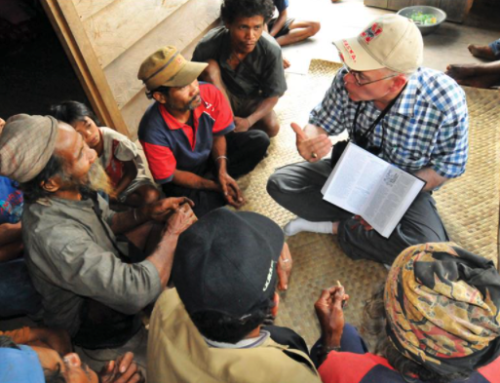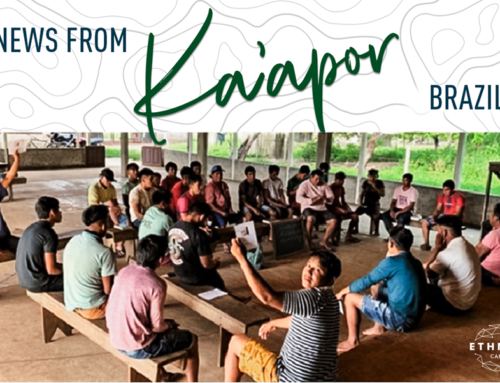How do you teach people who know nothing about bread what Jesus meant by, “I am the bread of life”?
Have we ever questioned what it is that gives us the nourishment we need to stay alive? Most of us in our Western culture would relate to the idea of “bread” or a derivative thereof being that fundamental thing that our bodies need to sustain physical life.
Think about the Word of God in English and how many times Jesus refers to Himself as the bread of life. Think about many other places in Scripture that refer to Jesus as the bread of life.
Jesus’ passion to communicate to us that He is sufficient, the sustainer of life and all we need to be satisfied for our deepest needs, is clear to us by using the simple word bread.
What if we realized that isn’t true for a huge part of the world?
So if you are a translator of Scripture in a language for a people group who do not eat bread and see no significance in the idea of eating bread, where does that lead you as you translate?
For missionaries in the Philippines working with people who live on rice, casaba and other things as their staple it presents quite a challenge.
George Olson has to think about these things very carefully as he works with language learners and develops curriculum for helping them. He says that when someone is learning to communicate biblical truth in another language they must take into account the culture, language, traditions, and common understandings.
“In the first century Jewish culture, bread was the staple food. So Jesus saying he is the bread of life has very profound implications. He is saying He is what gives life. We should not rely on the physical bread that we need to eat to survive, but on the one true source of life — Jesus,” George explains. “This statement communicated exactly as Jesus intended it to his audience.”
George also says that in history as different groups had greater influence with the religious practices in the Philippines, certain terminology was forced on the church. The term bread was used in ceremonies without any clear heart meaning for the people. “A staple food is a basic component of all human cultures, so we have missed out by always forcing the translation to read from the Western point of view and always using the term bread, when a more appropriate cultural equivalent would have communicated more effectively.”
In some translations like the Palawano they have used a more generic term which means food so it reads something like, “I am the food that gives life/makes alive.”
As the challenge of translating God’s Word is seen from George Olson’s work, let’s pray for the many translators who strive to clearly communicate that Jesus is our true sustenance in life, both physically and spiritually.
Would you like to understand more about translation? Order missionary Dave Brunn’s book One Bible, Many Versions.






